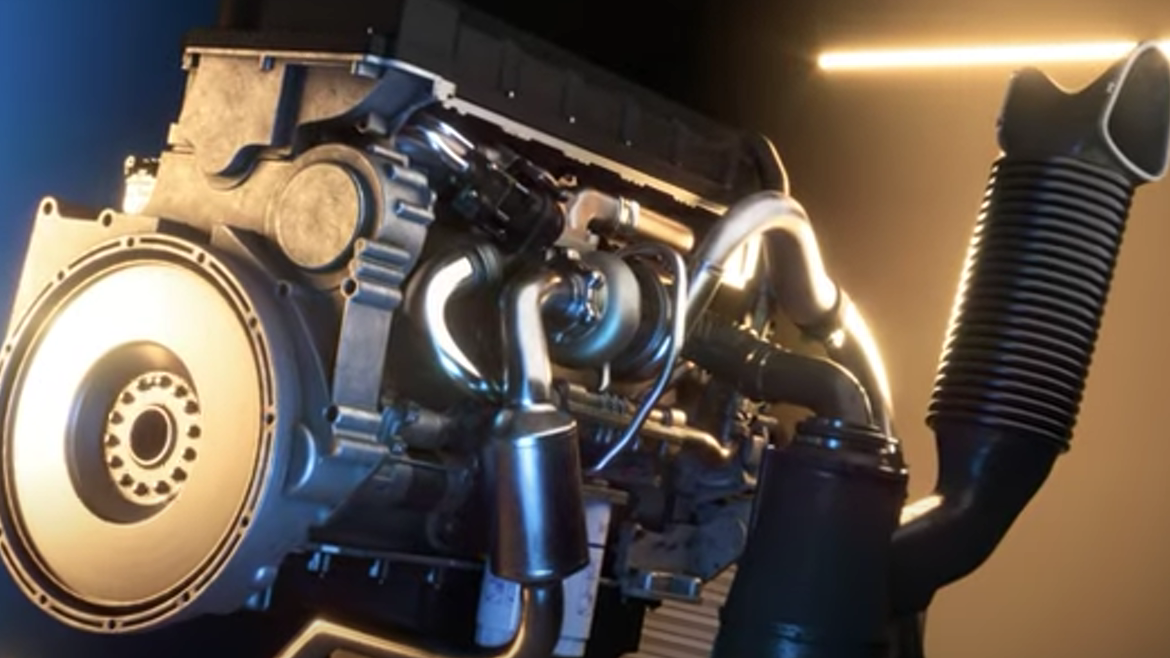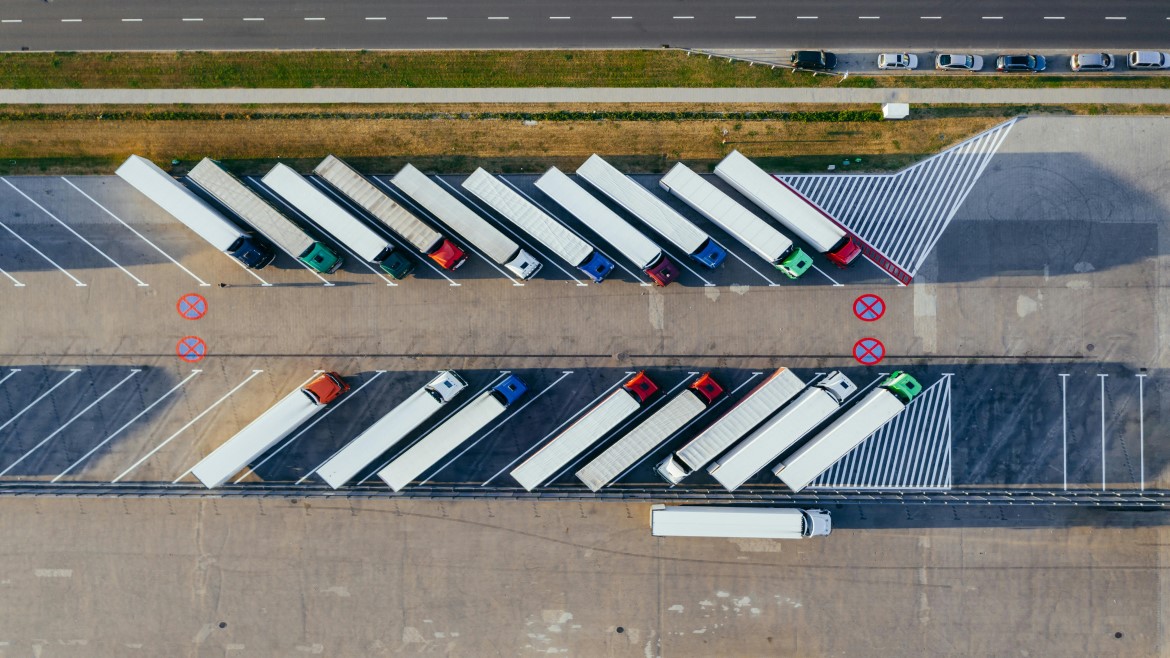Over the last couple decades, Asia has been on a rapid economic growth path with China, India and Indonesia being the fastest growing countries. Growing per capita income and infrastructure growth has also resulted in higher growth in vehicle population—China, India and Indonesia are now contributing almost 65% of the total Asian heavy-duty vehicular parc and 50% of the heavy-duty engine oil market. However, there is a mismatch in terms of quality levels of heavy-duty engine oils sold these markets with that of what is really required to protect the existing vehicle fleet and it is essential to raise the awareness of the same. Kapil Telang, Marketing Manager, India, Middle East, Southeast Asia, Japan & Korea, discussed this recently at the 13th ICIS Asian Base Oils & Lubricants Conference in Singapore, sharing key insights on the needs for the market and end users in Asia to use higher performance heavy-duty engine lubricants to protect the investments of the end-users.
The newly released China 6 emission standard, known as the most stringent standard globally, shows the significance of controlling vehicle emissions for environmental protection, and puts vehicle hardware updates as a high priority. In India, similarly, rapid introduction of tighter emission norms starting in 2010 has resulted in the change of vehicle profile—the majority of the vehicles on road are at least BS III-compliant (equal to Euro 3) with some being BS IV-compliant (equal to Euro 4). Similarly, in Indonesia, Government’s mandate of using 20% bio-content in diesel necessitates the use of higher performance heavy duty engine oils as use of lower quality levels cannot handle the impact bio-diesel can have on the engine lubricant.
As a key component of on-road vehicles, higher performance engine lubricants are required to meet the new vehicle hardware design developments. However, the fact is that almost 50% of the heavy-duty engine oils sold in those Asian countries are of API CF-4 quality or even below, which is unsuitable for the current market. This issue is rather critical, because the unsuitable lubricant might cause unexpected loss to the vehicle owner, not only limited to lost production by engine downtime, but also to business reputation loss and losing customers.
One of the main reasons for this situation is due to the low awareness of vehicle owners with respect to engine oil grades. API CF-4 oil with 29-year-old technology is not sufficient to protect modern equipment nowadays. End users still using API CF-4 lubricants should see the urgent need to switch to higher performance engine lubricants (i.e. API CH-4, API CI -4 or above), to ensure their vehicle operates efficiently throughout its useful life.
Our View
All industry stakeholders should make efforts to educate end users to choose the right engine oil for better engine protection, which benefits society overall. With even tighter emission standards and fuel economy regulations to be implemented from 2020, it’s critical for the industry to act today.
For more details on automotive lubricants and other related projects, please contact your Lubrizol account manager.









